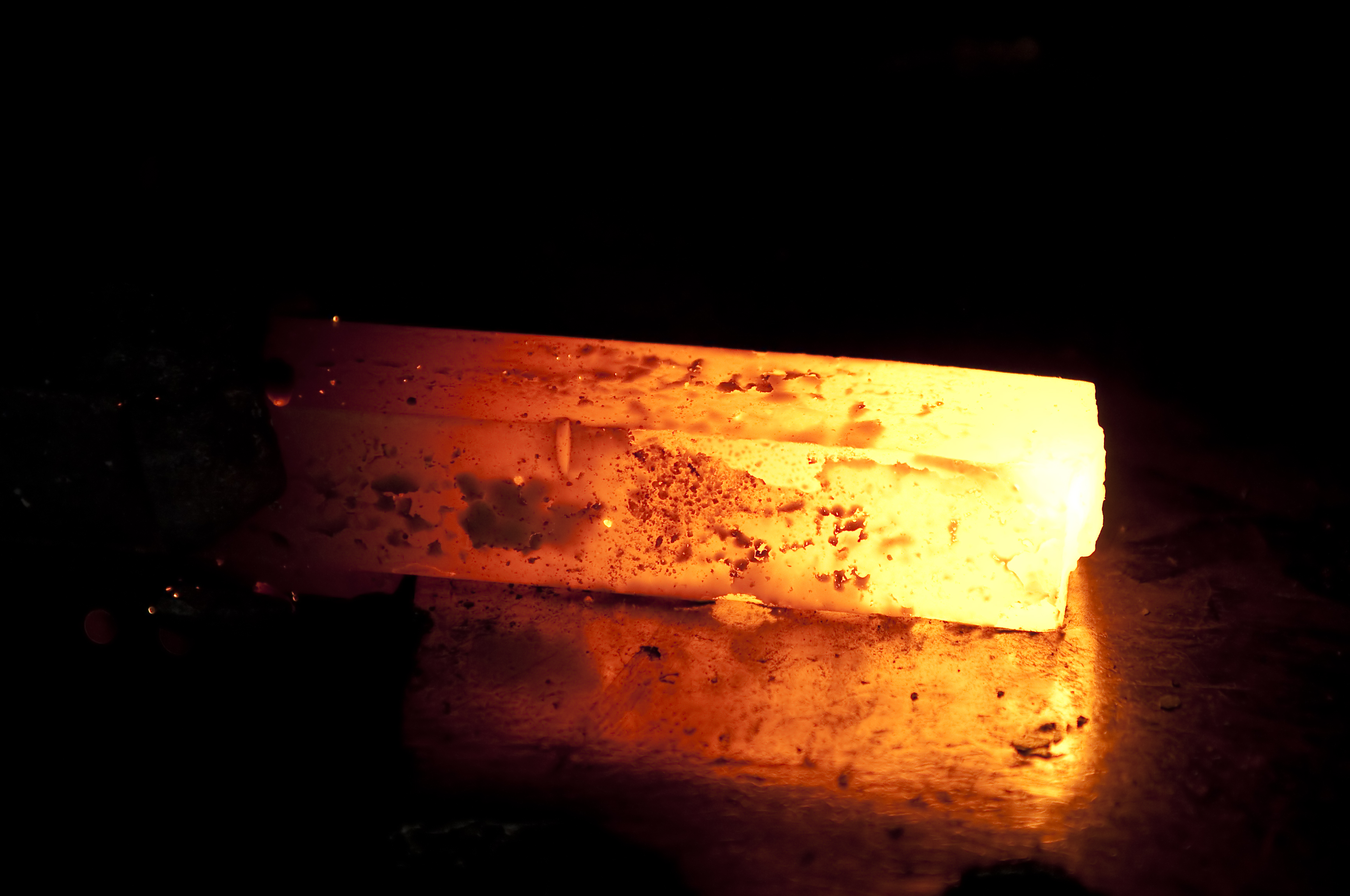Open or Closed Die - What’s the Difference?
 Metal forging is an art. The ability to shape heated metal requires a skillful hand, which makes forging as much a craft as it does a manufacturing process.
Metal forging is an art. The ability to shape heated metal requires a skillful hand, which makes forging as much a craft as it does a manufacturing process.
For centuries forging has played an integral part in the advancement of technology. Today it serves as one of the most durable methods for producing parts needed for industrial applications such as power generation, public transit, aerospace, and heavy equipment.
Here at CanForge we manufacture our products using the methods of open die and closed die forging. But what exactly are these methods and how do they differ?
Let’s break it down.
Open Die Forging
As one of the oldest methods of metalworking, open die forging uses a hammer or a press to form and shape metal into components like shafts, cylinders, plates, and rounds.
The process is called “open die” for its reference to the two surfaces, known as the upper and lower dies, that come into contact with the workpiece. These dies most often resemble large plates or blocks. The workable metal is heated between 1900 to 2300 degrees farenheit, and changes shape each time pressure is applied by the dies.
One of the challenges of using the open die method is the difficulty to forge smaller parts that require precision and detail. But this challenge is also its benefit, as open die forging can produce larger pieces that can’t be made using a closed die process, due to the fact that the workpiece is not restricted at the sides. There are no limits to what size can be forged using the open die process, with some pieces as long as 80 feet - longer than a bowling lane.
Open die forging is used to build strong parts that will withstand fatigue and maintain their integrity. There is less of a chance that the final product will have gaps or voids because it has been compressed, which improves its microstructure.
CanForge’s Open Die plant is 120,000 square feet in size and contains Ontario’s largest open die pull-down hydraulic forging press at 3,300 tons. We can manufacture forgings up to 40,000 lbs. You can learn more about our open die forging products HERE.
Closed Die Forging
Closed die forging uses a similar approach to open die in that it uses the pressure of two dies, but the dies differ in shape. This method is commonly referred to as impression forging, which refers to the moulded impressions of the dies. The dies are machined with a negative image of the part being produced.
During a closed die forging, a piece of heated metal that equates to the size of the final piece is placed in the bottom die. With hydraulic presses or mechanical hammers, pressure is placed on on the material which in turn fills the negative image in the die. This process produces “flash” - or excess metal that flows out of the sides while the piece is forged. The flash can be trimmed with accompanying tools when the metal is still hot or may be removed by subsequent machining or grinding operations.
An interesting fact about closed die forging is that some of the smaller workpieces can actually be forged at room temperature. Known as “cold forging”, this process is a cost-effective approach for some industrial applications.
The closed die process tends to be more expensive because it requires impressions to be made first. But if producing a large run of a product, it can be a cost-effective method when producing a large quantity of the same parts.
Unlike open die forging, this type of forging produces a better surface finish on the final product. It is also a better way to forge smaller components that are more detailed as there are limited possibilities to the 3-D shapes that can be produced.
At CanForge, our 80,000 square foot plant produces closed die forging products known for their exceptional quality as well as their ability to meet all of our customers’ specifications. To learn more about our closed die forging solutions, visit our page HERE.
***
CanForge can create products with both open and closed die processes! Contact us today with your specifications and we’d be happy to create a quote for you.
